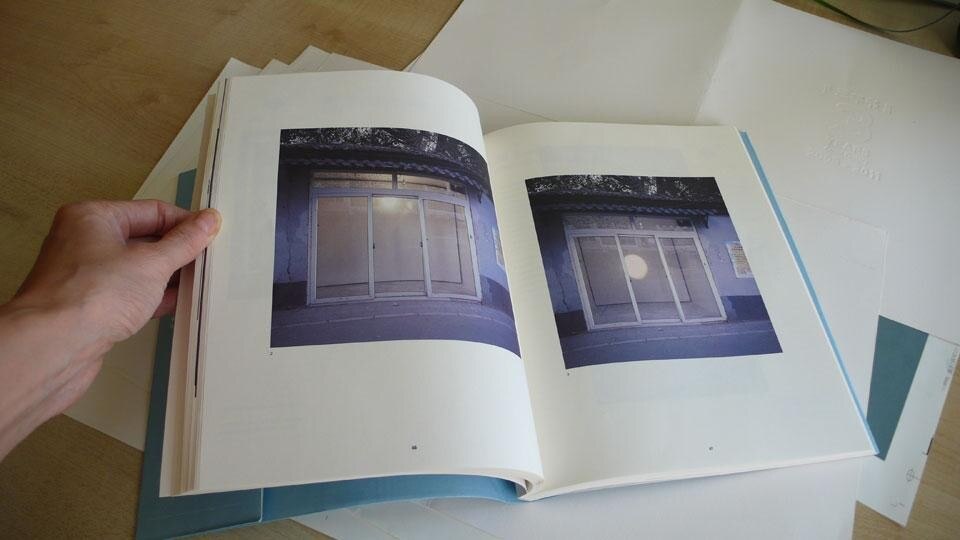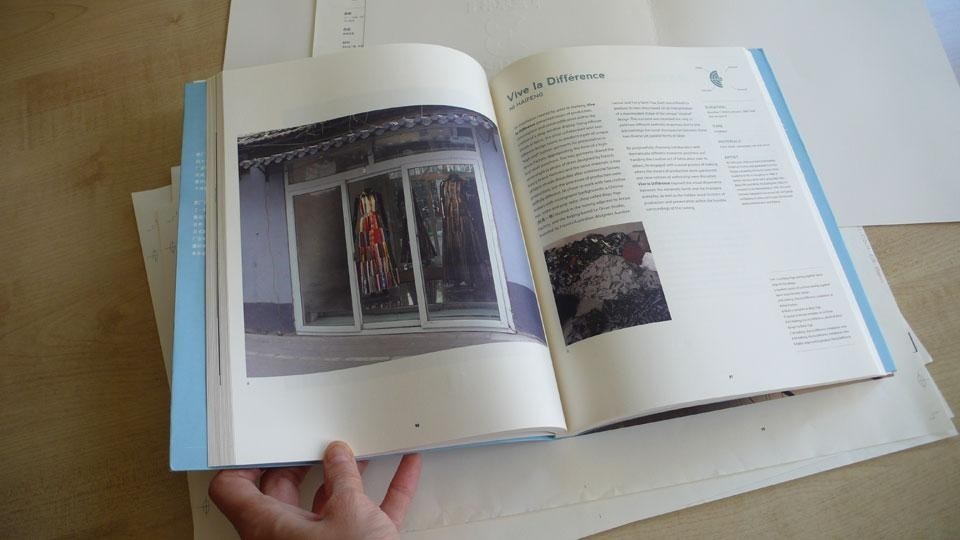When an Armenian craftsmen, who has actively produced for the last 40 years in my neighborhood, offered me and my friend his small workshop space on a top floor for us to continue our research-based art and design activities, I had in mind the speed urban transformation process currently happening in Istanbul and the question of …until when we may all resist, with our DIY, collective and shared space practice. Sharing the trans-local practices, finding other ways of collaboration, and disseminating knowledge in art and design are the most important and needed practices today in our cities. As global cities experience continuous transformation into neoliberal architectural and urban production, the cultural production of the city becomes a tool to face this change. The existence and the role of artist-run spaces and related art initiatives in these cities become more important, in order not to depend on the rising art markets or the privatization of the city. Cultural policy is becoming simply a tool for the neoliberal municipal governmentality, in which the constellations of the cultural infrastructures are re-organized. Establishing and sustaining local initiatives that have an expanding rhizomatic network reproduces local dynamics. Emancipatory practices are becoming more and more important in these contemporary urban conditions.
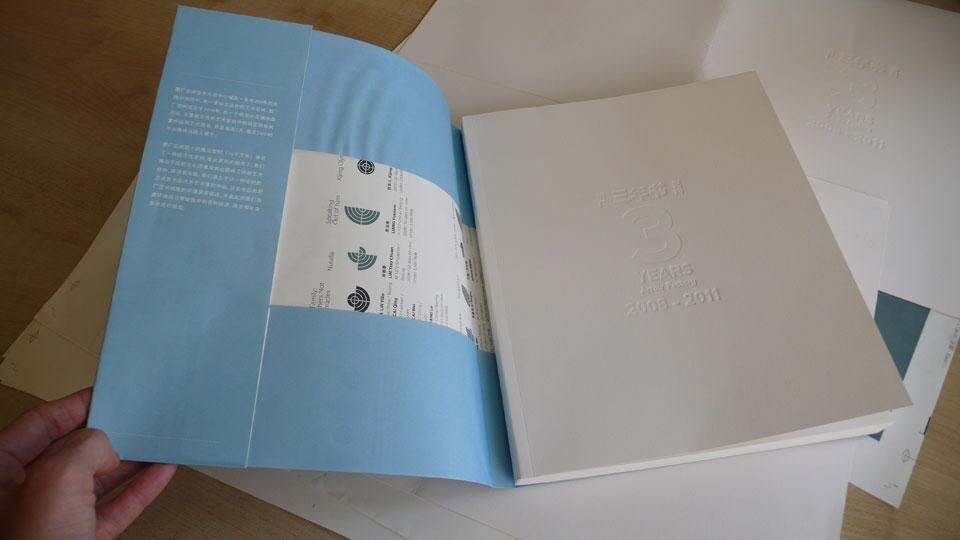
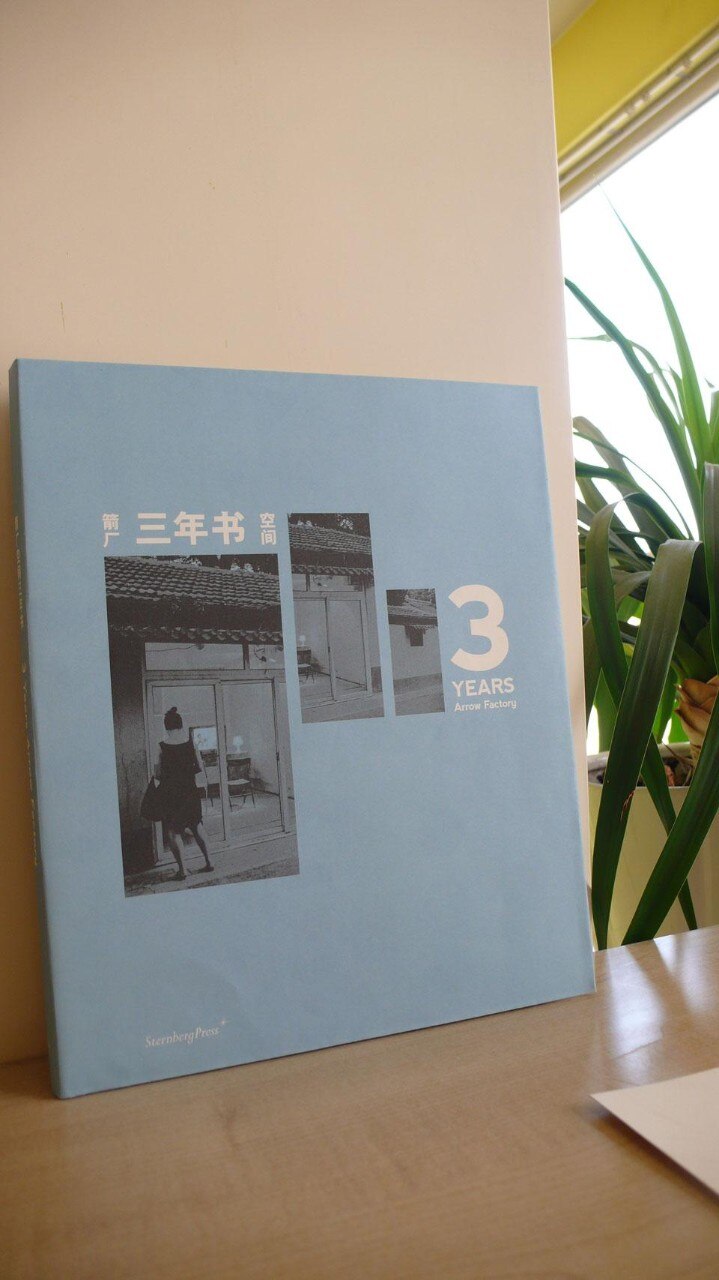
Arrow Factory signals the creation of a new community, not only inside their neighborhood circle but also in a trans-local circle. Local people, artists, international visiting artists, other artist-run spaces from different parts of the world have found in Arrow Factory perspective and ideas. The book surveys the art projects and events that took place at Arrow Factory, and interviews city dwellers that follow and collaborate with the small hutong. Artist and critic Kenneth Lum discusses and illustrates the Arrow Factory space through the lens of the transformation of the typical Chinese hutong storefront space, traditionally a shared and collective space. Lum's perspective shows how collective and shared spaces with a traditional social past are changing in the midst of current urban and cultural transformation.
Sharing the trans-local practices, finding other ways of collaboration, and disseminating knowledge in art and design are the most important and needed practices today in our cities
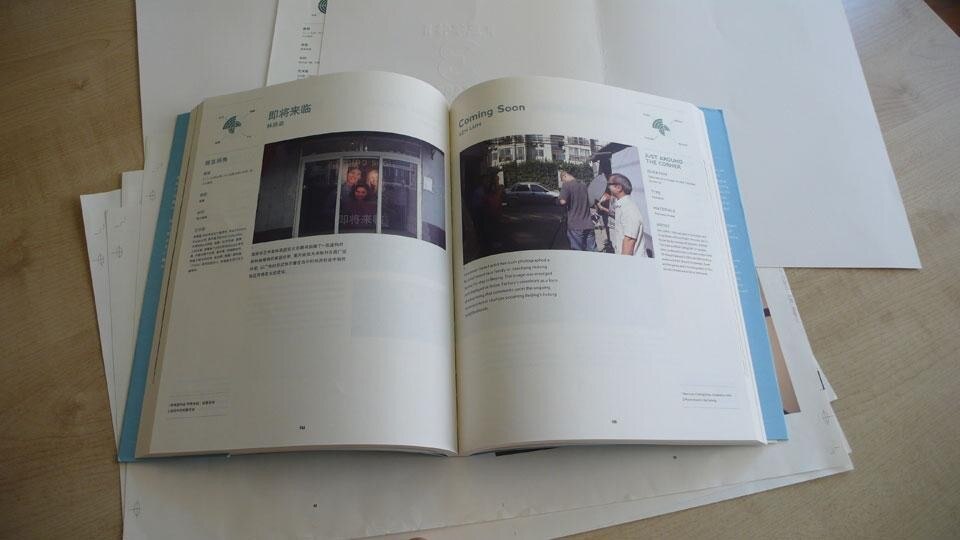
3 Years: Arrow Factory reveals, in the local area of 38 Jianchang Hutong and in Arrow Factory's practice, more than just a neighborhood engagement project or a socially-engaged art practice; an "urban place" producing trans-local objects and networks, dissemination and knowledge of urban everyday life.
